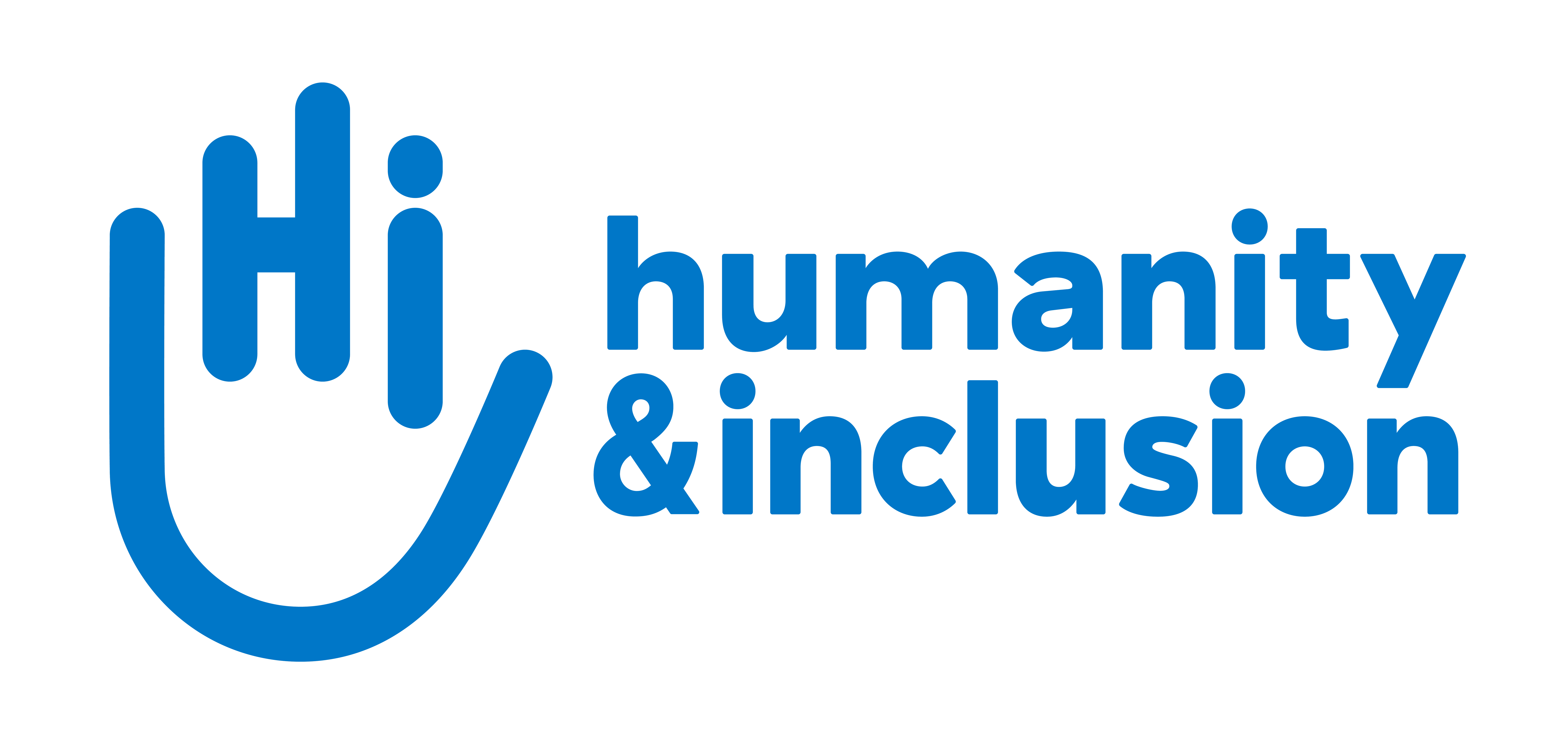Rehabilitation for all
HI releases a new report “Rehabilitation for All”. Through stories and data from Benin, Haiti, Uganda, and beyond, it shows that 1 in 3 people worldwide could benefit from rehabilitation services.

Emergency rehabilitation service in Port-au-Prince. Since August 2024, HI has been working with MSF to care for patients in a hospital in Port-au-Prince. While the crisis has drastically reduced access to care, a team of 6 HI staff, including physiotherapists and an occupational therapist, accompany the injured after their operations. 196 patients were treated in 2024. | © M. C. Charles / HI
Rehabilitation: A health imperative often overlooked
One in three people around the world — a staggering 2.6 billion individuals — need rehabilitation services to improve or maintain their mobility, independence, quality of life, and wellbeing in their daily lives. Whether due to injury, disability, aging, or chronic diseases, rehabilitation is essential for health. Yet, for millions, especially those in low- and middle-income countries (LMICs), these services remain out of reach, says the new released HI report.
Global trends
The demand for rehabilitation is rising sharply due to population aging, increased survival from injuries, and the growing burden of non-communicable diseases like cancer, heart disease, and dementia that are pushing healthcare systems beyond capacity. By 2030, the world will count 1.4 billion people over the age of 60 — with two-thirds living in LMICs by 2050.
Despite longer lifespans, healthy life expectancy is not improving, particularly for women, meaning more people are living longer with disabilities and chronic conditions that require rehabilitation.
Inequities and underinvestment
The situation is dire in poorer countries. More than 50% of those in need of rehabilitation do not receive them. In some countries, only 3% of persons needing assistive technology have access to them. Workforce knows severe shortages: Many countries have fewer than 10 rehabilitation professionals per million people.
Rehabilitation should be approached as an investment: It reduces long-term healthcare costs while improving quality of life. However, rehabilitation has been historically deprioritised in public health financing, in health systems that are overall underfunded. In Benin, for example, public health spending accounts for just 2.6% of total health expenditure. In Haiti, it’s 4.1%. This is well below the World Health Organization’s recommended 15%.
Worse, rehabilitation services are often not covered by funding schemes and insurances, leaving families to pay themselves. For low-income households, these expenses can be catastrophic, reaching up to 40% of their annual income.
Behind the numbers: Real lives
The report shows how access to rehabilitation changes lives: Temia lives in a displaced camp in Uganda. The life of this mother of two children with disabilities really improved when her children got rehabilitation services. Jésulène, in Haiti, suffered a stroke. Without access to rehabilitation, her recovery and independence were at risk. Souleyman, from Benin, was severely injured in a road crash. Rehabilitation was essential for his physical and social recovery. Each of these individuals represents millions more whose lives are transformed with rehabilitation.
Shrinking international funding
Between 2024 and 2029, major donors have announced $17.2 billion in cuts to global health funding. In early 2025, the United States — once a significant contributor to foreign aid — halted its assistance altogether. In many countries, the provision of rehabilitation services largely depends on external aid, like in Haiti, were NGOs run up to 30% of rehabilitation centres. The decline in international funding, combined with the persistently low level of public investment, is having and will continue to have an alarming impact on those in need of rehabilitation.




